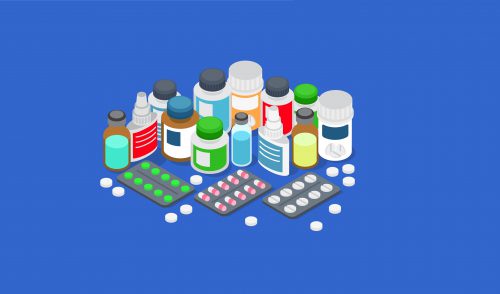Adverse reaction to medicines and pharmaceutical companies’ liability: valuable tips from the Court of Cassation
 With Judgment no. 6587 of March 7 2019, the Italian Court of Cassation clarified the conditions for the liability of a medicine manufacturer in the event of rare adverse reactions. In outlining the legal principles, the Court provided some valuable tips for pharma operators on how to make the medicine package’s leaflet claims-proof.
With Judgment no. 6587 of March 7 2019, the Italian Court of Cassation clarified the conditions for the liability of a medicine manufacturer in the event of rare adverse reactions. In outlining the legal principles, the Court provided some valuable tips for pharma operators on how to make the medicine package’s leaflet claims-proof.
Factual background
In July 4, 2006, following the intake of a medicine, a patient developed a very rare adverse reaction, i.e., a toxic epidermal necrolysis, also known as Lyell’s Syndrome. He sued the pharmaceutical company and the distributor, asking for damages.
In the first-degree proceedings, the Court of Bergamo dismissed the patient’s demands on the grounds that:
- the medicinal product was not defective;
- in the medicine package’s leaflet, the disease was mentioned among the possible, albeit rare (one case in a million), adverse reactions.
The Court of Appeal overturned the First Instance judgment and decreed that the pharmaceutical company must pay compensation for the damage that was suffered by the patient.
According to the Court, since the causes of Lyell’s Syndrome were unknown, the mere provision of such information would not enable the patient to assess the risk connected with taking the medicine. The Court of Appeal therefore held that in cases where there were rare side effects with unknown causes, the pharmaceutical company should have two possible choices:
- to stop production and to withdraw the medicine from the market; or
- to continue production and distribution and take the risk of damages requiring compensation.
The Court of Cassation’s judgment
The Court of Cassation overruled the appeal judgment, confirmed the first instance reasoning and referred the case back to the Court of Appeal for a new trial.
The Supreme Court provided valuable clarifications for the judges, and especially for pharmaceutical operators.
According to the Court the judge must ascertain that two conditions were fulfilled in order to exonerate the pharmaceutical company from liability:
- That there had been strict observation of all the clinical trials and protocols required by law prior to the production and marketing of the medicine; and
- That there was appropriate indication of possible adverse effects in the package’s leaflet.
Following this reasoning, the Court found that the mere reporting of the potential adverse effect cannot be regarded as an “appropriate indication”. Only an accurate and constantly updated package leaflet can exonerate the pharmaceutical company from the risk of damages requiring compensation that result from adverse reactions to the medicine.
Concluding Remarks
This judgment must certainly be appreciated for at least two reasons.
On one hand, the Court of Cassation shows far-sightedness: indeed, to burden only the pharmaceutical company with the risk of the onset of a rare disease that has unknown causes would have the immediate consequence of discouraging an activity that, although dangerous, has inestimable benefits for society.
On the other, while confirming the importance of disseminating updated and easily understandable information for the consumer, this judgment seems to give pharmaceutical companies some excellent defensive tips. Since. according to the Court, the pharmaceutical company must (i) constantly monitor the state of the relevant research, and (ii) adapt any commercial and therapeutic information to it. Only in this way can pharma operators make potential consumers sufficiently aware of the risk involved in taking the medicine and, as a result, make the medicine package’s leaflet claims-proof.
